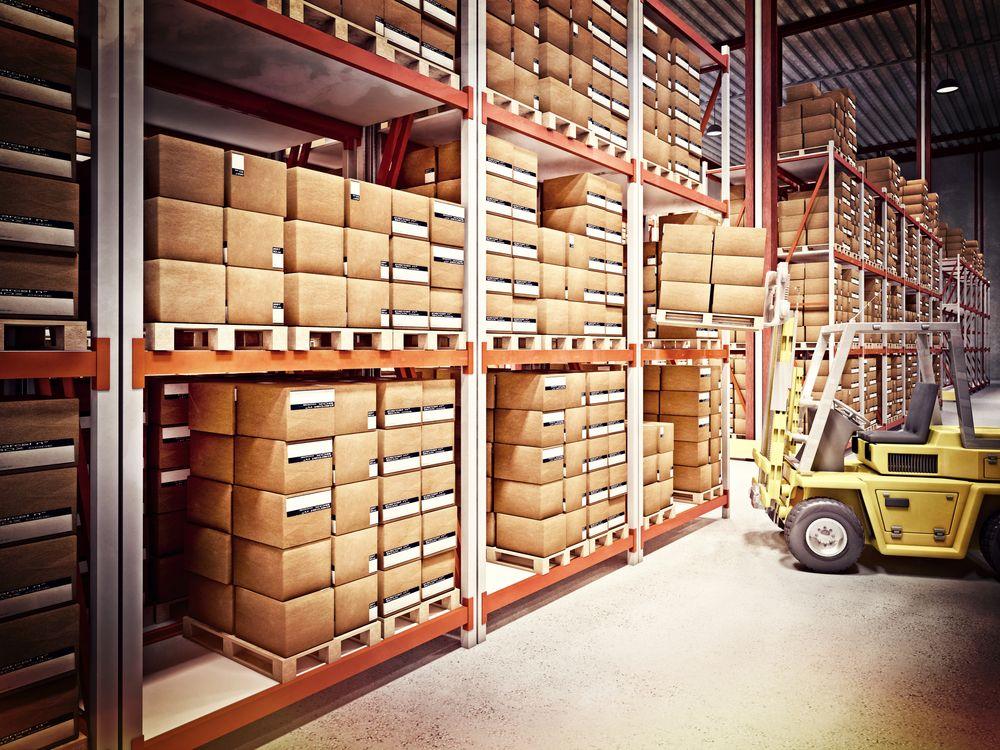Inbound And Outbound Logistics
Heneways Editorial Team
2024-02-11
Reading time: 6 minutes

Inbound Supply Chain Logistics
The term "inbound logistics" refers to the operations associated with locating, obtaining, storing, and delivering the raw materials and pieces to the department responsible for producing the product or providing the service. A company engaged in manufacturing must do this as an integral component of its daily operations.
Inbound logistics, to put it in layman's terms, is the primary activity that focuses on buying and scheduling the inflow of materials, tools, and final items from suppliers to the manufacturing unit, warehouse, or retail store. In other words, inbound logistics is the fundamental activity.
The term "inbound logistics" refers to all the operations necessary to make the products available for use in the operational processes at the precise moment when they are required. To facilitate manufacturing or market distribution, it includes materials handling, stock control, inspection, and transport, among other things.
Obtaining Supplies And Resources
Buying the necessary raw materials is typically the first stage of creating a product. As a company, you need to be aware of which raw materials are required and in what quantity, and you also need to locate appropriate suppliers.
To prevent shortages or surpluses of raw materials, it is critical to keep accurate records of the quantities of those items. In this step, you must maintain continual communication with the various suppliers and ensure adequate transportation.
Reverse Logistics
It is a procedure that involves moving things from the final user or customer back to the seller or maker. This process is referred to as "reverse logistics." It could be a product returned from an online retailer's website or a product that needs to be remanufactured, reconditioned, or irrevocably disposed of.
The Acquisition Of Goods
After the order is communicated to the vendor, the company is obligated to schedule load appointments well in advance to reserve dock space for offloading stock. This is done so that when the raw materials arrive, the stakeholders will know precisely where to accept the items, assign an unloading area, and where to store the inventory in the shortest possible time.
Outbound Logistics
The term "outbound logistics" describes the chain of events from receiving an order to delivery to the customer. The warehousing and storage, distribution, transportation, and final-mile delivery comprise the stages of outbound logistics operations.
Outbound logistics include all the processes and systems that help get an order ready for delivery and pass it to the final consumer via some delivery service.
Let's take a closer look at the many aspects of outbound logistics, starting with transportation:
The Handling Of The Order
The transaction begins with the customer placing a purchase on the e-commerce website, followed by the warehouse confirmation. This is accomplished by using the system for managing the warehouse.
Picking And Packaging
The staff will next go through the inventory and select the relevant product once the order has been confirmed. After that, the warehouse management system (WMS) will update the list and make necessary adjustments to the product count and stock-keeping units.
After the products are picked, they are packaged and branded with the customer's information before being delivered to carrier service.
Organizing And Dispatching Packages
When the packaged goods have been arranged appropriately, the freight trucks come to pick up the orders and deliver them to the appropriate distribution center. Once the goods have been given to the distribution center nearest to the customer, the delivery employees will pick up the orders based on the areas they are responsible for delivering to.
Final Delivery
The delivery of the product ordered to the client's front door or the end-user is the last stage of the process that involves outbound logistics. Regarding outbound logistics, "customers" might refer to anything from individual consumers to grocery stores.
What are the Key Distinctions Between Inbound and Outbound Logistical Operations?
There are numerous distinctions between the processes of inbound and outbound logistics, even though the former may appear relatively straightforward to understand.
Purchasing vs. Selling
The first thing that comes to most people's minds when inbound and outbound logistics are discussed is the fundamental distinction between buying and selling various commodities. During the process known as "inbound," a corporation will buy things that will later be utilized in the manufacturing or production of a final good. The acquired good does not have to be incorporated into the making of the thing at all. Even if a business offers technical services such as internet marketing, it will still require inbound logistics for day-to-day office supplies and overhead costs. When it comes to the outbound process of selling with logistics, the primary emphasis is on selling an end product rather than a service.
Receiving compared to Sending
The process of material ordering, receiving, storage, and inventory management is the responsibility of the Inbound Logistics department. It focuses on the strategies that help to reduce receiving errors, improve inventory control, and ensure that the risk for damage or injury to stakeholders is limited. Those processes include: On the outbound side of the business, the primary focuses are shipping, providing excellent customer service, and preserving a robust distribution chain.
Conclusion
Timely delivery of goods and materials to their final destination is made possible as a direct result of the logistics that are managed as a component of the supply chain management system. Its goal is to provide the appropriate commodities at the proper time, in the desired amount and condition, in the right location, and at the correct price.
The term "inbound logistics" refers to all actions that are involved with the process of placing orders with suppliers. On the other hand, everything that has to do with dealing or trading in products that the company has manufactured falls under the purview of outbound logistics.
